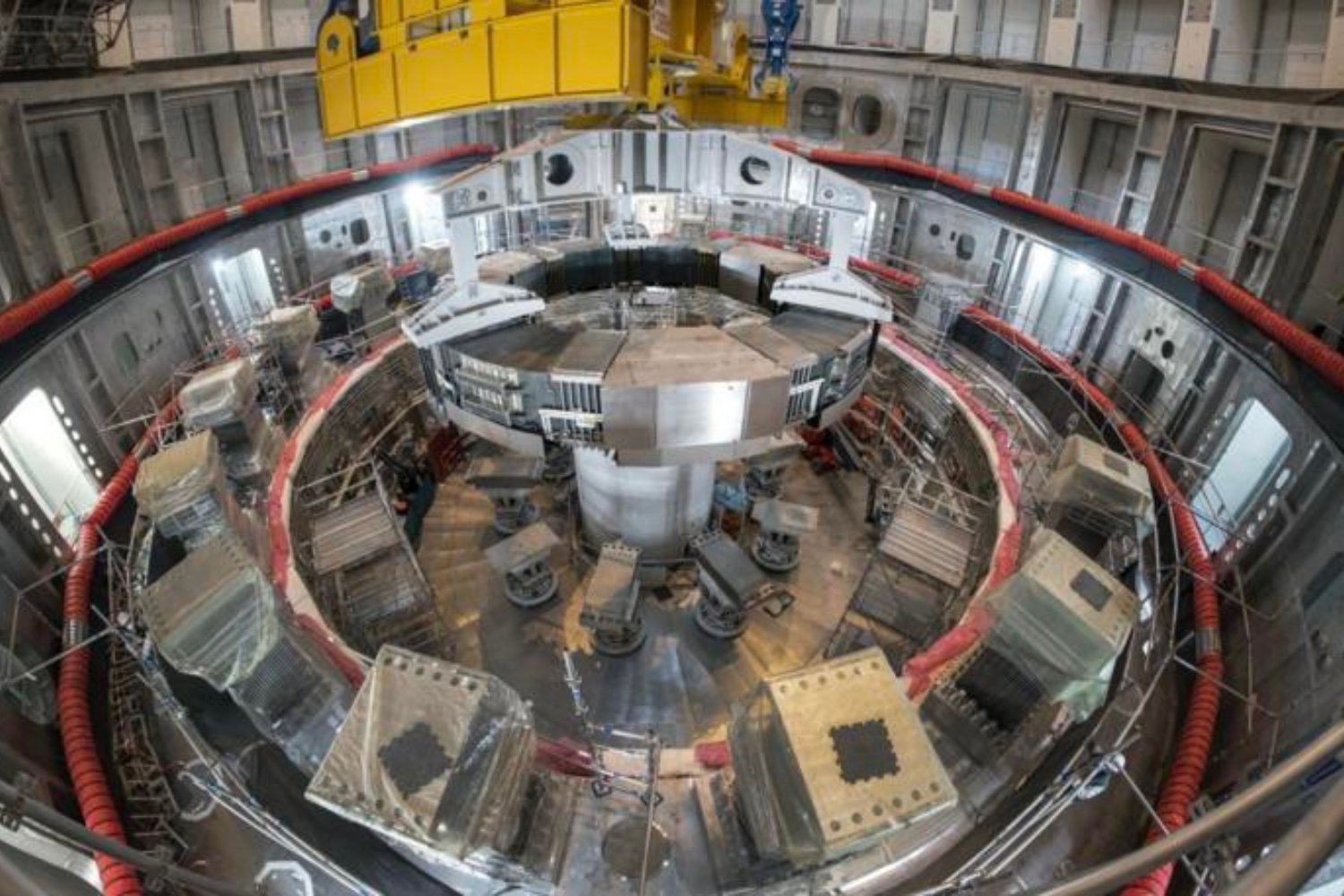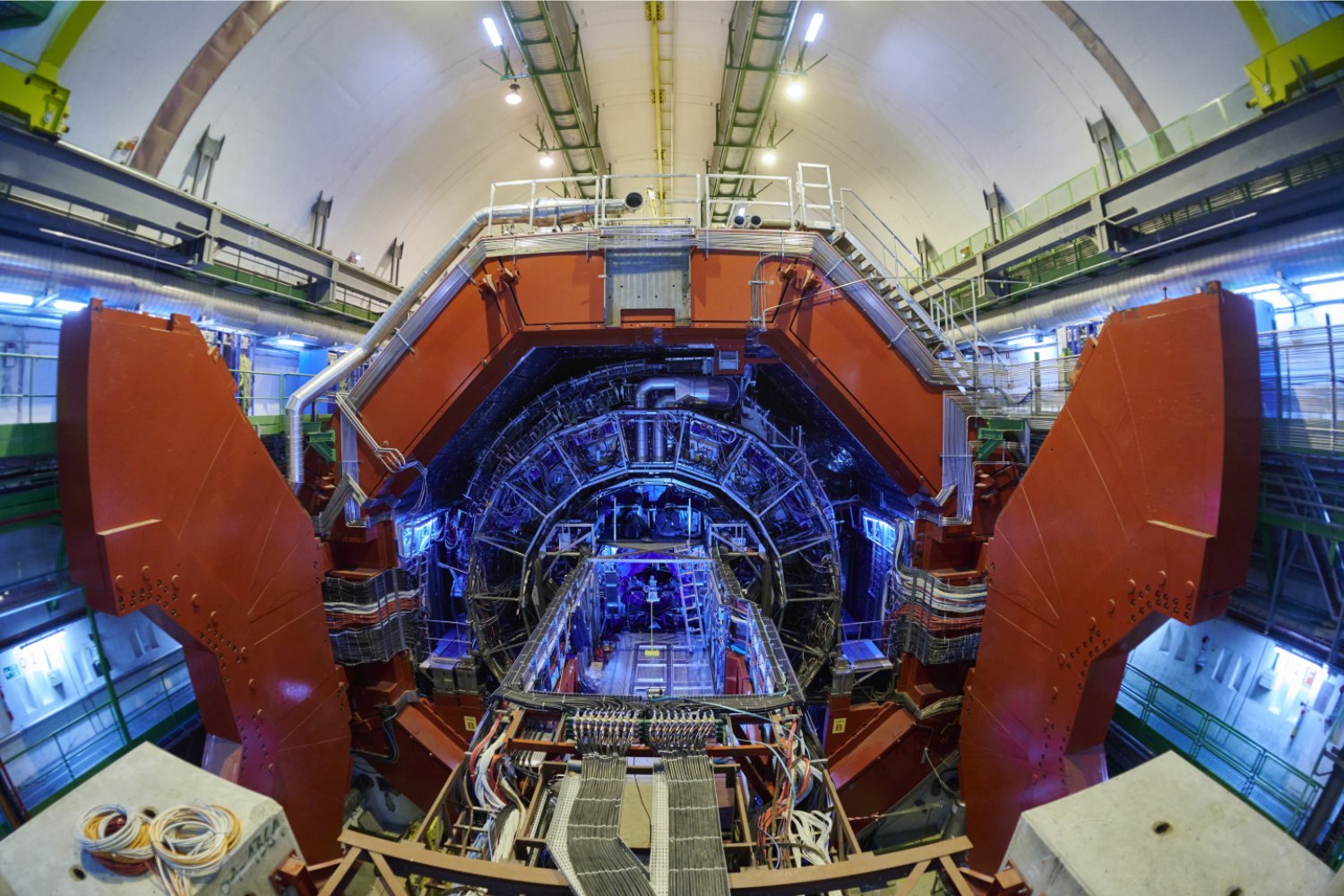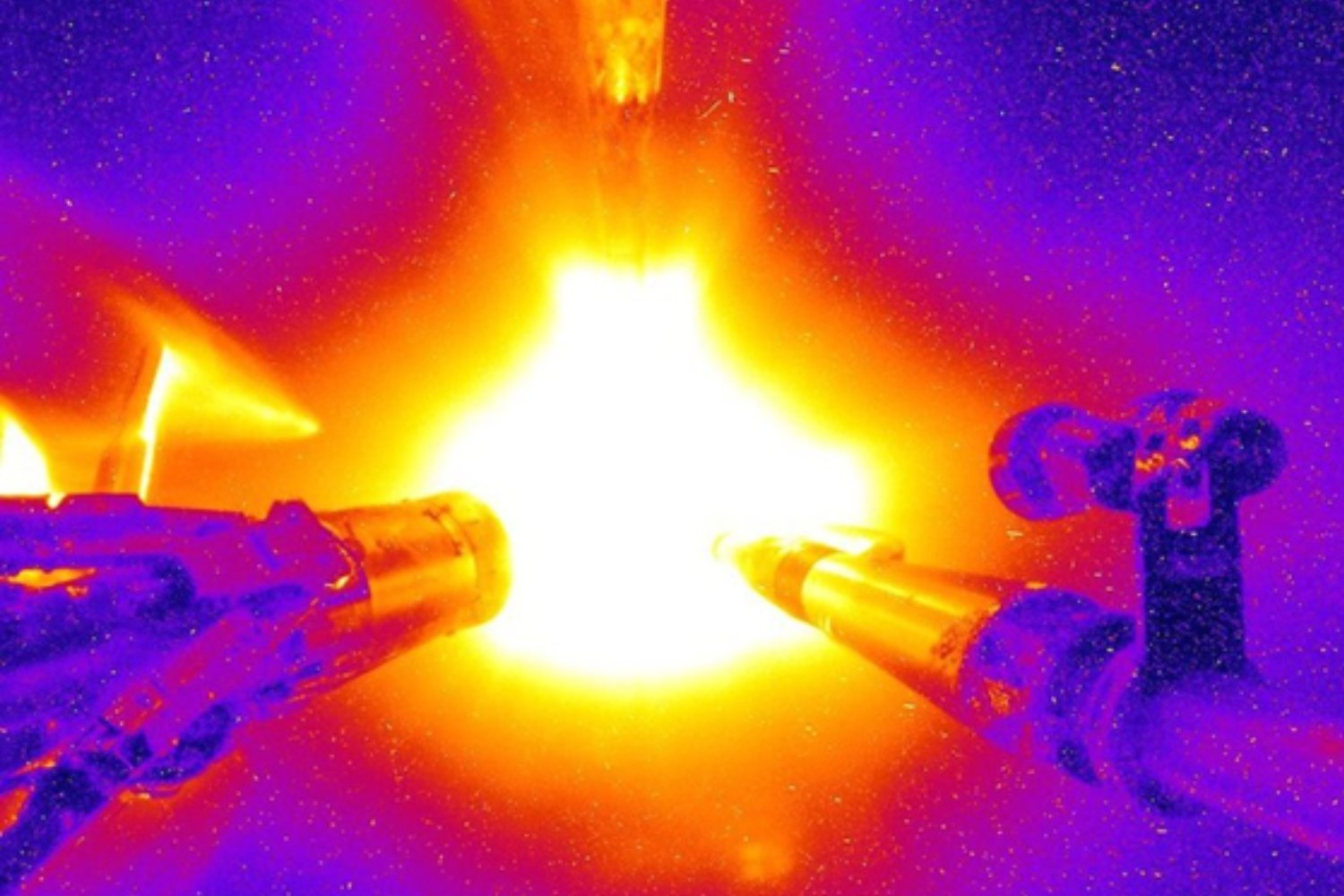The world’s most powerful pulsed superconducting magnet, the Central Solenoid, has been completed and is ready for its role in the groundbreaking International Thermonuclear Experimental Reactor (ITER) project. Built and tested in the United States, this colossal magnet will form the electromagnetic core of the ITER tokamak in southern France. Its strength is immense – powerful enough to lift an aircraft carrier, according to ITER.
Tokamaks are doughnut-shaped devices that confine superheated plasma, the state of matter required for nuclear fusion, using incredibly strong magnetic fields. This is where the Central Solenoid comes in, providing the essential magnetic force to contain the plasma within the ITER tokamak. The overarching goal of ITER is to demonstrate the feasibility of nuclear fusion as a viable energy source. While ITER itself won’t generate electricity for consumption, it serves as a crucial technological demonstrator, paving the way for future fusion power plants. This ambitious international collaboration of over 30 countries aims to prove that fusion energy—the process of fusing atomic nuclei to release vast amounts of energy—can be harnessed and scaled into a commercially viable and virtually limitless power source.
The Heart of a Fusion Giant
The Central Solenoid is not working in isolation. It joins six massive ring-shaped Poloidal Field magnets from Europe, China, and Russia, creating a 3,000-ton (2,721 metric ton) superconducting system cooled to -452.2 degrees Fahrenheit (-269 degrees Celsius). This complex system of supercooled magnets will confine and shape plasma heated to a scorching 270 million degrees Fahrenheit (150 million degrees Celsius)—ten times hotter than the Sun’s core. At these extreme temperatures, atomic nuclei will fuse, releasing a tenfold energy return.
Commercially viable fusion energy has long been a sought-after clean energy solution, and ITER’s design anticipates generating 500 megawatts of energy from a 50-megawatt input. Achieving this level of energy return would signify the beginning of self-sustaining “burning plasma”—a significant milestone on the path to practical fusion power. While private companies are also exploring smaller-scale tokamak designs, a definitive breakthrough in fusion energy remains elusive for all approaches.
A Step Forward in the Fusion Marathon
In 2022, the U.S. Department of Energy and Lawrence Livermore National Laboratory achieved net energy gain in a fusion reaction at the National Ignition Facility. However, this achievement didn’t factor in the total energy consumed, representing another incremental step, not a leap, toward commercially viable fusion power.
Beyond its scientific aims, ITER also demonstrates international cooperation. Despite geopolitical tensions, the project has met its 2024 construction targets and successfully delivered key components. The collaboration includes a private sector initiative launched last year for data sharing and R&D advancement. The U.S. built the solenoid and support structure, Europe contributed the vacuum chamber, Russia provided superconductors and busbars, and Korea, Japan, China, and India provided other vital components of the tokamak’s core.
Towards a Carbon-Free Future
“With ITER, we show that a sustainable energy future and a peaceful path forward are possible,” stated Pietro Barabaschi, ITER’s Director-General. While the “sustainable energy future” part remains to be realized, ITER’s progress signifies a crucial step forward. Now in its assembly phase, the project gains momentum towards its ultimate goals. If successful, this magnetic marvel could be a turning point toward a carbon-free energy future, even if it doesn’t directly contribute to the power grid.











